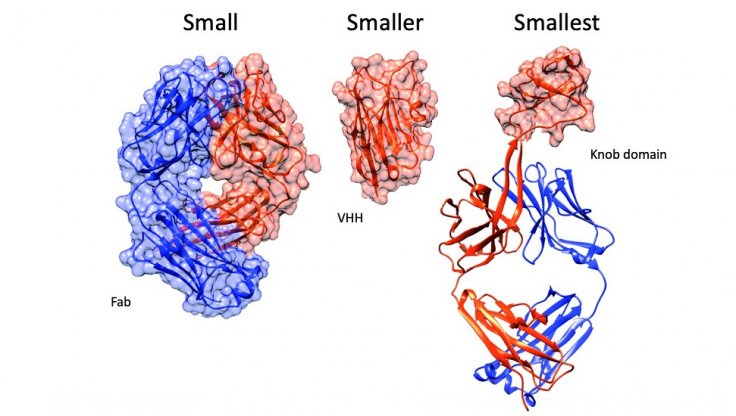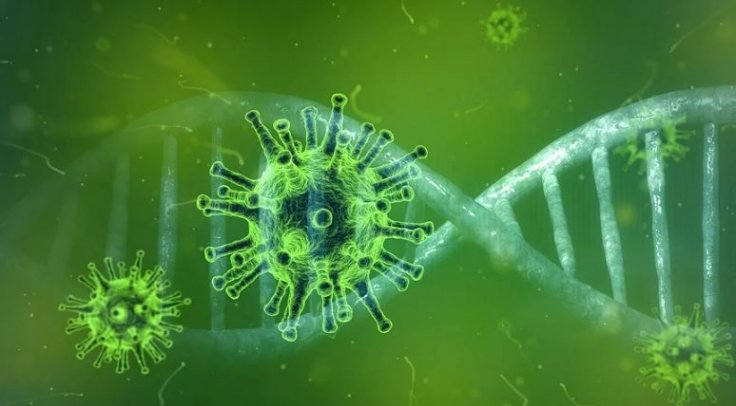Antibody levels remain high nine months after infection from SARS-CoV-2, the virus that causes Covid-19, whether symptomatic or asymptomatic, researchers have found.
Researchers from the University of Padua (Italy) and the Imperial College London tested more than 85 per cent of the 3,000 residents of Vo' in Italy, in February/March 2020 for infection with SARS-CoV-2 and tested them again in May and November 2020 for antibodies against the virus.
The team found that 98.8 per cent of people infected in February/March showed detectable levels of antibodies in November, and there was no difference between people who had suffered symptoms of Covid-19 and those that had been symptom-free.
Strength of the Immune Response
The results are published in the journal Nature Communications. Further, while all antibody types showed some decline between May and November, the rate of decay was different, depending on the test to track the antibody levels.

The team also found cases of antibody levels increasing in some people, suggesting potential re-infections with the virus, providing a boost to the immune system. "We found no evidence that antibody levels between symptomatic and asymptomatic infections differ significantly, suggesting that the strength of the immune response does not depend on the symptoms and the severity of the infection," said lead author Ilaria Dorigatti, from the MRC Centre for Global Infectious Disease Analysis at Imperial.
"However, our study does show that antibody levels vary, sometimes markedly, depending on the test used. This means that caution is needed when comparing estimates of infection levels in a population obtained in different parts of the world with different tests and at different times," Dorigatti added.
Infection Status of Household Members
The team also investigated the infection status of household members. They found a probability of about 1 in 4 that a person infected with SARS-CoV-2 passes the infection to a family member and that most transmission (79 per cent) is caused by 20 per cent of infections.

This finding confirms that there are large differences in the number of secondary cases generated by infected people, with the majority of infections generating no further infections and a minority of the infections generating a large number of infections.
This suggests that behavioural factors are key for epidemic control, and physical distancing, as well as limiting the number of contacts and mask wearing, continue to be important to reduce the risk of transmitting the disease, even in highly vaccinated populations, the researchers said.









